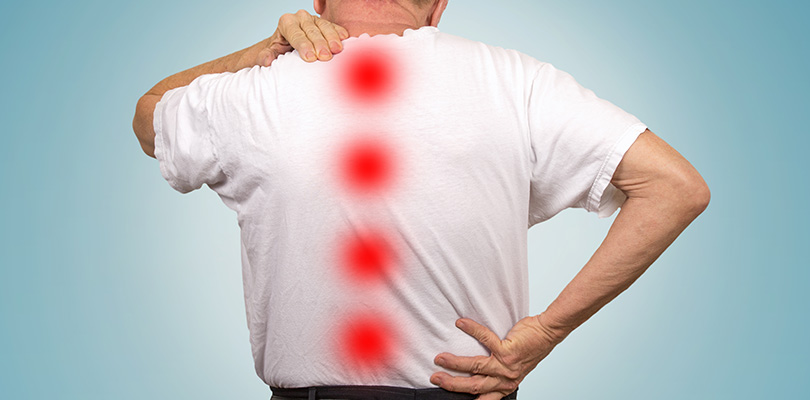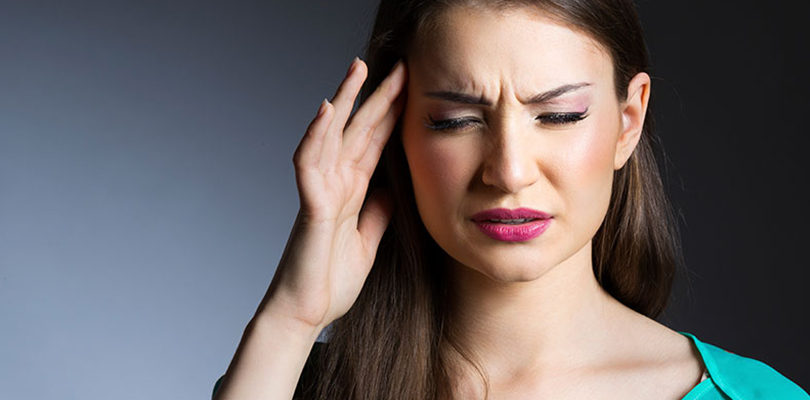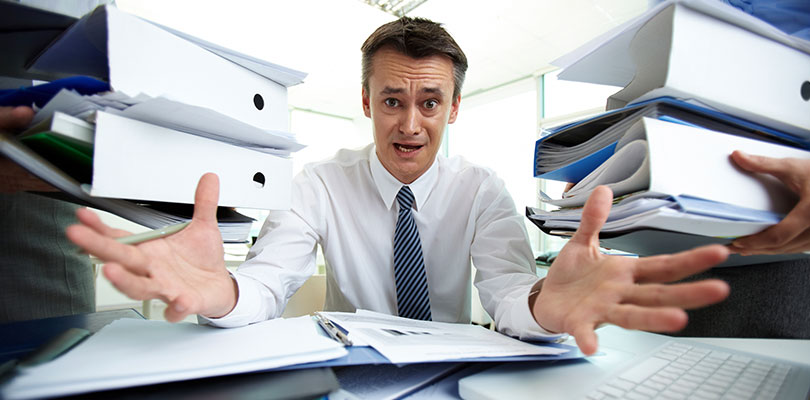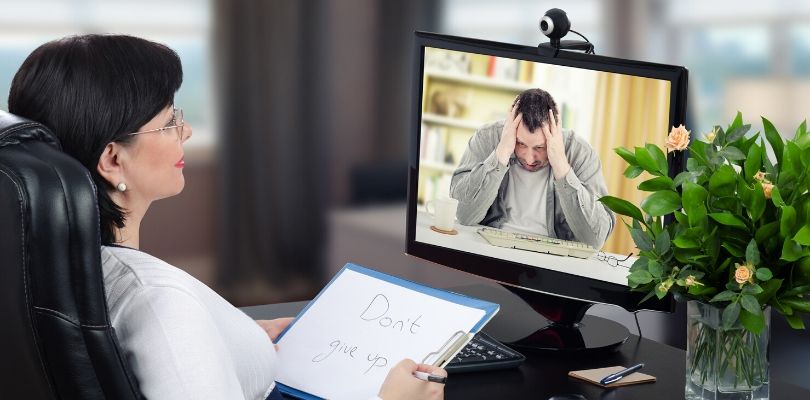What Is Spinal Stenosis?
Spinal stenosis is a condition that affects older adults, causing pain and other problems. This condition involves a narrowing within the bones of your spine. This puts pressure on the nerves in the spine. Typically, this occurs in the lower back and the neck.
Very often, this narrowing is caused by wear-and-tear damage from osteoarthritis in the spine, an injury or a herniated disc. While some people have no symptoms of spinal stenosis, others have tingling, pain, numbness and muscle weakness that may worsen over the years.
While there’s no cure, several nonsurgical treatments and exercises help control the pain so you can live a normal life. In severe cases, however, surgery may be necessary to create space for the spinal cord or nerves.
Two Types of Spinal Stenosis
The location determines the type of spinal stenosis:
- Lumbar stenosis. This involves narrowing in the lower back and is the most common form of spinal stenosis. Symptoms of sciatica occur with activity -- tingling, weakness or numbness that radiates from the low back and into the buttocks and legs.
- Cervical stenosis. This involves narrowing in your neck. This means that you may have compression of the spinal cord. This type of compression can cause extreme weakness, even paralysis. You may need surgery.
Symptoms of an Aging Spine
Degeneration in the spine is the cause of spinal stenosis and becomes more evident after age 50.
The changes happen gradually and are often subtle. Over time, you notice a gradual decrease in your flexibility. You start stooping forward and become less inclined to be physically active.
Lower back symptoms:
- Weakness, numbness and/or tingling in a leg or foot
- Leg pain or cramping when standing or walking for long periods
- Pain relief when you bend forward or sit
- Back pain
Neck symptoms:
- Weakness, numbness or tingling in a hand, arm, foot or leg
- Walking and balance problems
- Neck pain
Why does hair turn grey? Having an understanding about why your hair is grey may make you feel a little bit better.
If you are experiencing symptoms, talk to your doctor. If you’re having a loss of bladder or bowel control, call your doctor immediately.
Treatment Options for Spinal Stenosis
Treatment of spinal stenosis can range anywhere from pain medication, steroid injections, use of anesthetics, surgery, physical therapy to a mix of alternative treatments.
Medication
Short-term pain relief is possible with aspirin, acetaminophen (Tylenol), ibuprofen (Advil, Motrin), and naproxen. All are available in low doses without a prescription. Muscle relaxants and anti-seizure medications help treat muscle spasms and damaged nerves.
Steroid Injections
When your nerve roots are pinched, they can get irritated and swollen. An injection can help reduce the inflammation and help relieve pain.
Steroid injections don't work for everyone. Repeated steroid injections can weaken nearby bones and connective tissue, so you can only get these injections a few times a year.
Your doctor will inject a steroid such as prednisone into your back or neck. Steroids help to relieve inflammation. These are only used when necessary because of side effects.
Anesthetics
These are injected with great precision to create a “nerve block” that stops pain short-term.
Physical Therapy and Assistive Devices
If you have spinal stenosis, you likely have slowed down to avoid the pain. You are therefore much less active than before, which can lead to muscle weakness – resulting in more pain. A physical therapist can teach you exercises to help:
- Build strength and endurance
- Improve your balance
- Keep your spine flexible
Wearing a brace or a corset, or using a walker, can help you move about.
Decompression Procedure
This procedure involves needle-like instruments used to remove a portion of a thickened ligament in the back of the spinal column. This can increase spinal canal space and reduce impingement on the nerve root.
Only certain patients are good candidates for this type of decompression.
Surgery
For some people, spinal stenosis is a severe problem. They struggle to walk; some have bowel or bladder trouble. Doctors may recommend surgery for these people.
Procedures such as laminectomy and laminoplasty create space between the bones to relieve painful inflammation.
Alternative Treatments
Alternative therapies can be used along with conventional treatments to provide relief from spinal stenosis pain. These include:
- Massage therapy
- Acupuncture
- Chiropractic treatment
Talk to your doctor about these alternative treatments.
Potential future treatments
Clinical trials are underway to test treatments involving stem cells, an approach called regenerative medicine. Genomic medicine trials are also being done, which could result in new gene therapies for spinal stenosis.
Talk to your doctor about all your options. Consider the risks and benefits of each treatment. Doctors generally advise starting with non-surgical treatments first.







